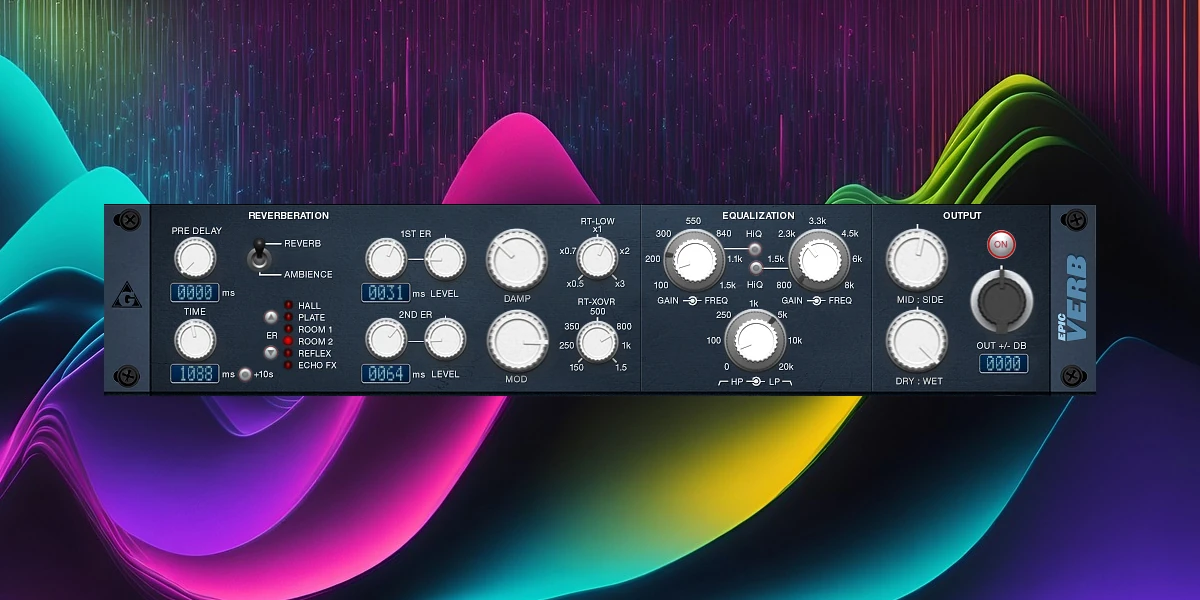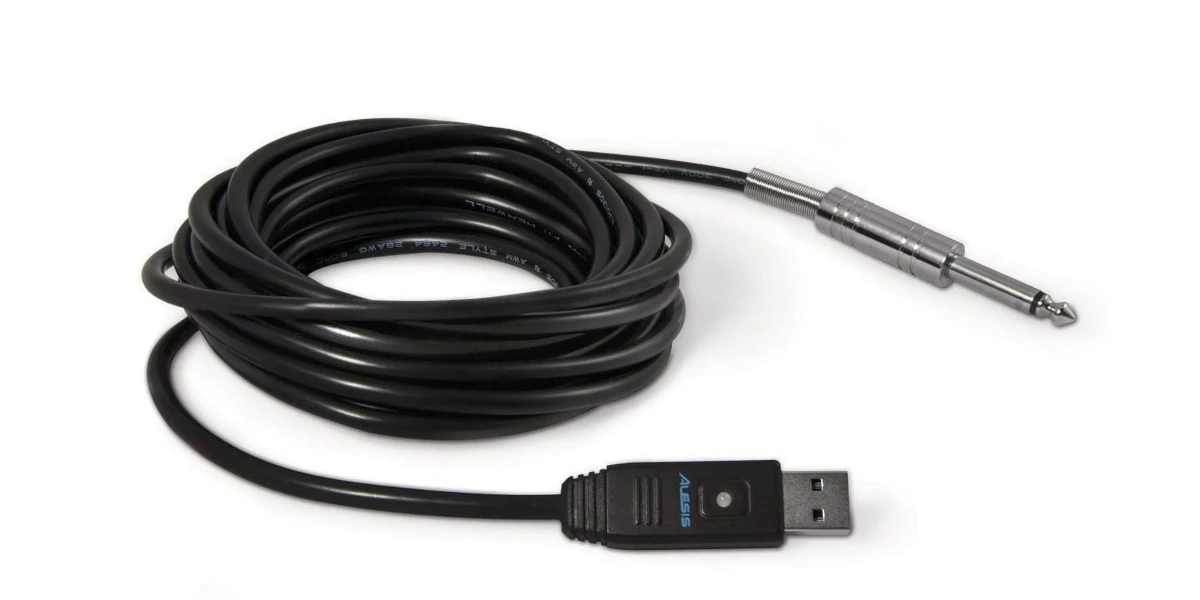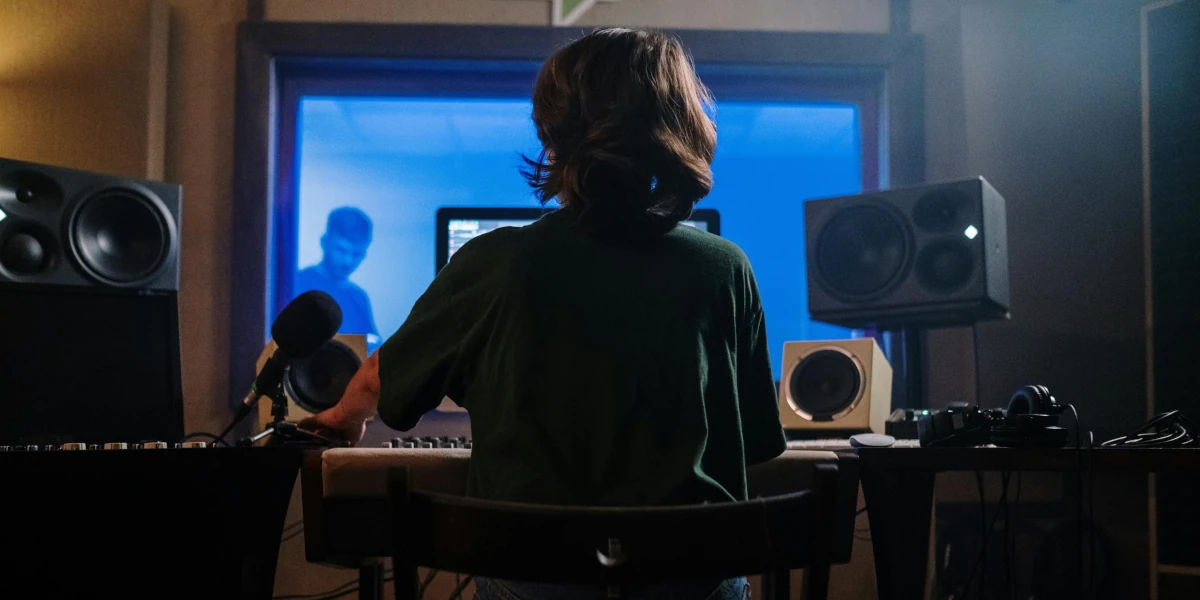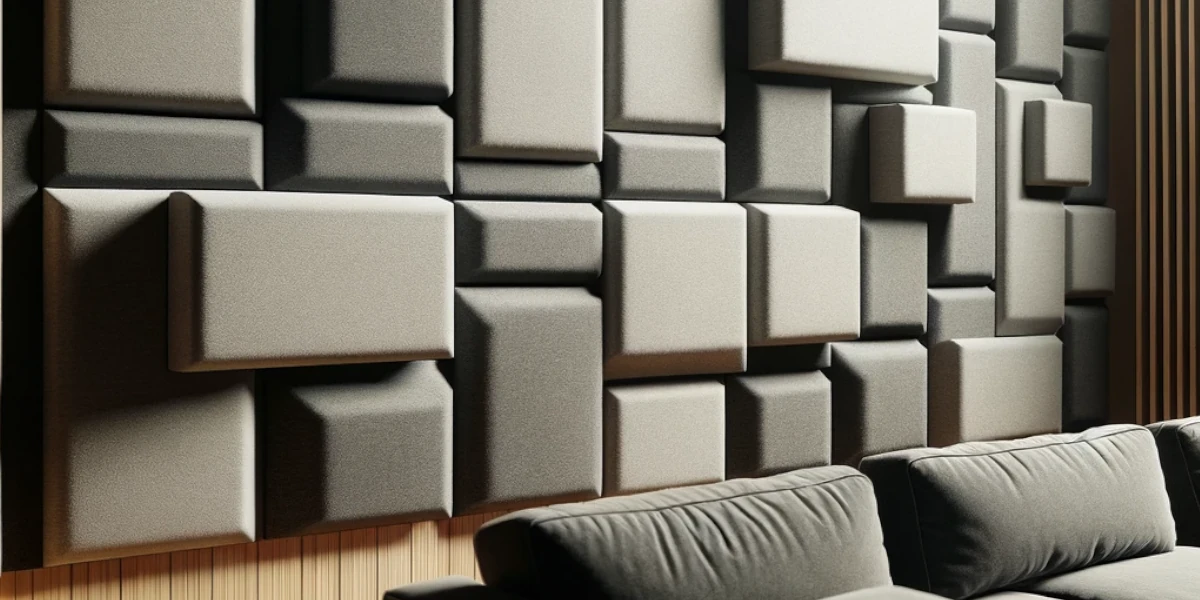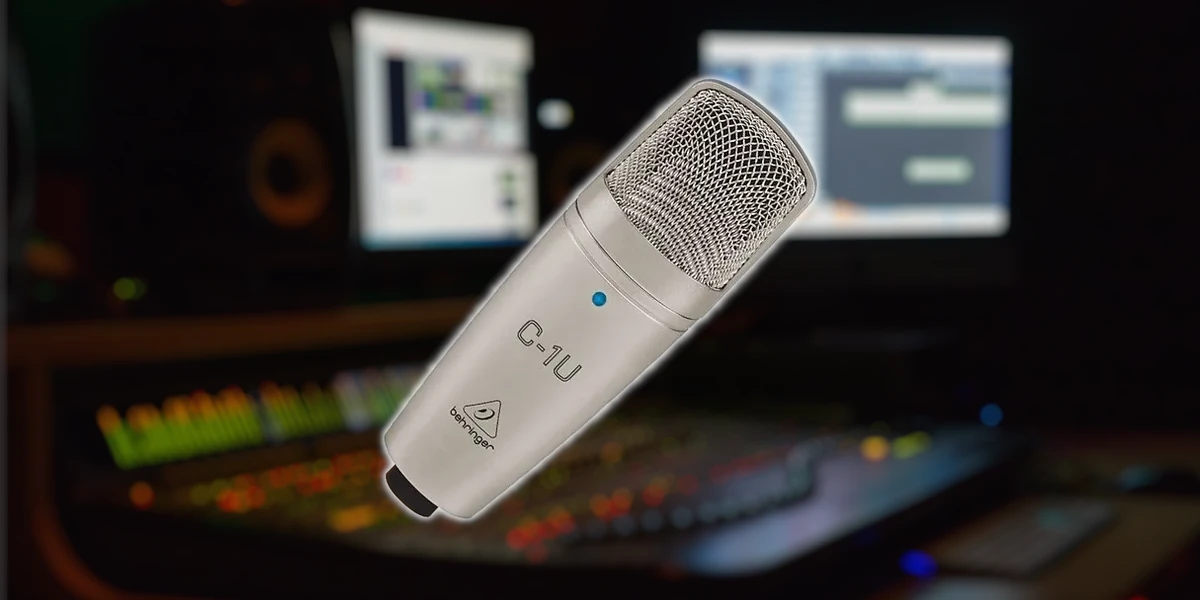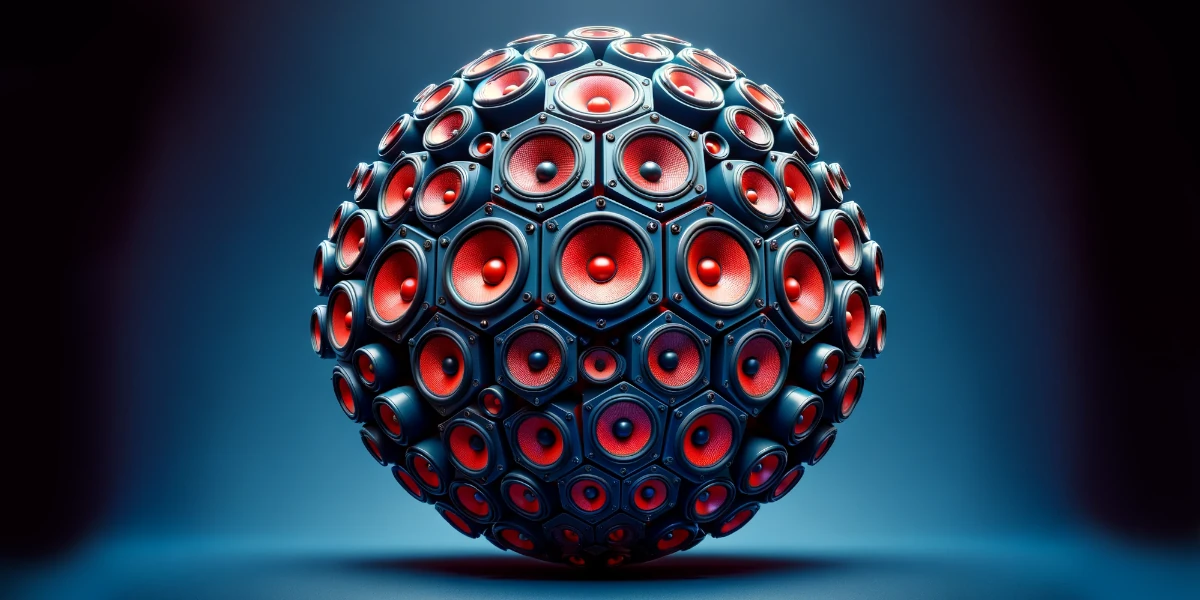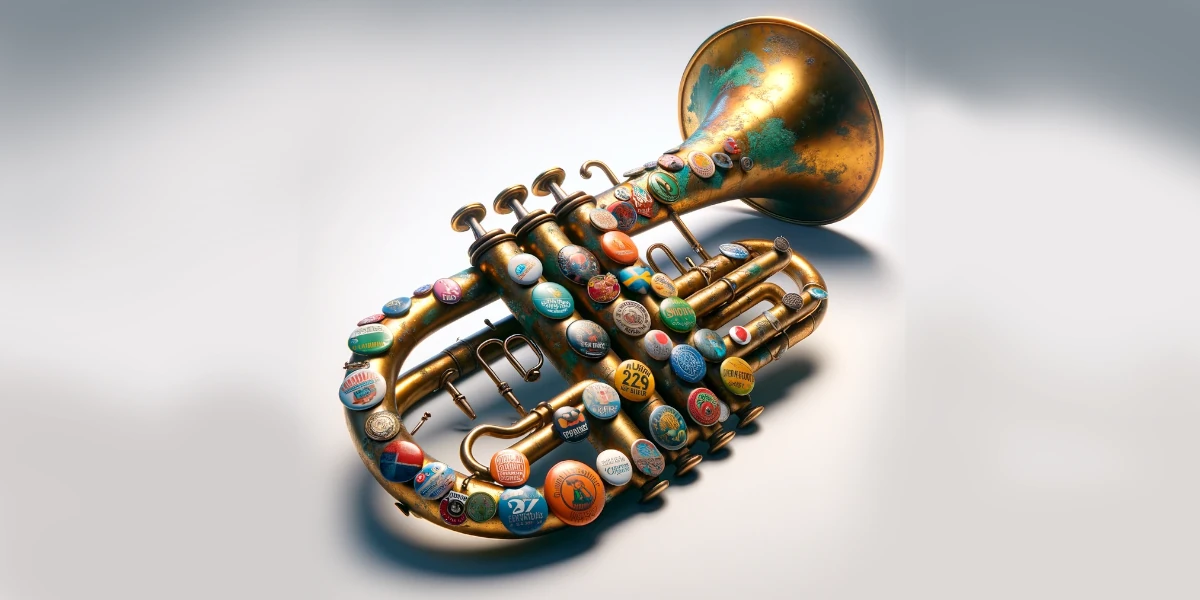Let’s start with a common scenario: You’ve just stepped into the world of audio production, buzzing with excitement, ready to create your masterpiece. Instantly, you’re bombarded with the notion that top-tier equipment is the golden ticket to pristine audio recording quality. It’s a pervasive myth that has led many to believe the path to excellence is paved with expensive gear. But is that really the case?
The truth is, while quality equipment plays a role, it’s not the be-all and end-all of audio production. Think of it this way: owning a high-end paintbrush doesn’t automatically make you Picasso. Similarly, a state-of-the-art studio microphone won’t guarantee a hit record. It’s about how you use your tools, not just what tools you have at your disposal.
In this journey towards demystifying audio recording quality, we invite you to look beyond the price tags and shiny exteriors. Understanding the nuances of your equipment, mastering the craft of mixing and mastering, and honing your skills can make a world of difference. The goal here is to challenge your perceptions and guide you towards realizing that true quality stems from knowledge, practice, and creativity.
So, before you consider investing your life savings in high-end gear, let’s explore how you can achieve outstanding audio recording quality in your home studio with the right approach and a deeper understanding of the production process. Get ready to uncover the real secrets behind capturing that perfect sound, proving once and for all that the myth of equipment equaling quality is just that—a myth.



